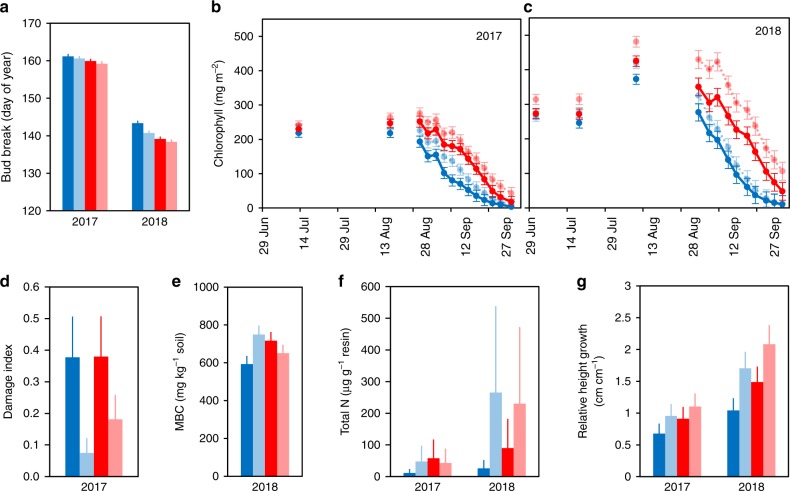Fig. 2. Longer growing seasons and enhanced soil mineral N explain better plant growth under warming and reduced herbivory.
Birch plantlets had a earlier spring bud break (Supplementary Table 3; for each mean n = 57–60 plantlets growing in 5 replicate field plots) and b, c higher leaf chlorophyll content in summer and autumn (Supplementary Table 4; for each dot in 2017 n = 57–60 and for each dot in 2018 n = 39–60 plantlets growing in 5 replicate field plots) in plots with warming (red symbols) and reduced herbivory (light tone symbols), compared to plots with ambient temperature (blue symbols) and natural herbivory (dark tone symbols), which responses together resulted in longer growing seasons. As warming did not increase d leaf herbivore damage (Table 1; for each mean n = 57–60 plantlets growing in 5 replicate field plots), these effects together with greater e soil microbial biomass carbon, MBC (Supplementary Table 5; n = 5 field plots, each examined at 3 depths of soil) and f resin bag mineral N (NH4+ and NO3−) capture (Supplementary Table 5; n = 5 field plots) under warming and reduced herbivory, apparently explain the increased g relative growth of birch plantlets (Supplementary Table 3; for each mean n = 57–60 plantlets growing in 5 replicate field plots) under these treatments, which in turn likely explains the patterns observed in the CO2 exchange of the entire field layer vegetation (Table 2 and Fig. 1). All means are estimated marginal means (±s.e.m.) produced by the fitted statistical models in Table 1 and Supplementary Tables 3–5. Means and errors for MBC were back-transformed from square root-transformed data and those for leaf damage index, plant growth, and total soil mineral N from log-transformed data. Source data are provided as a Source Data file.

